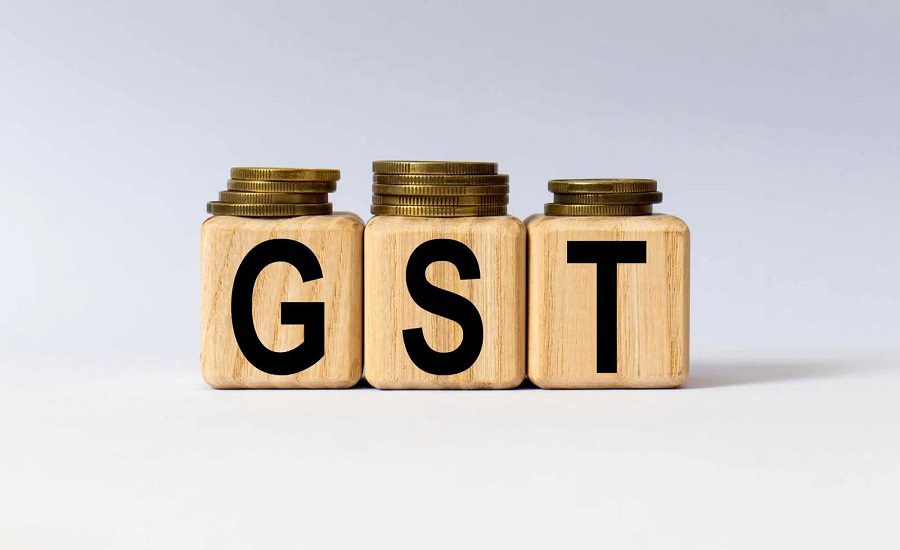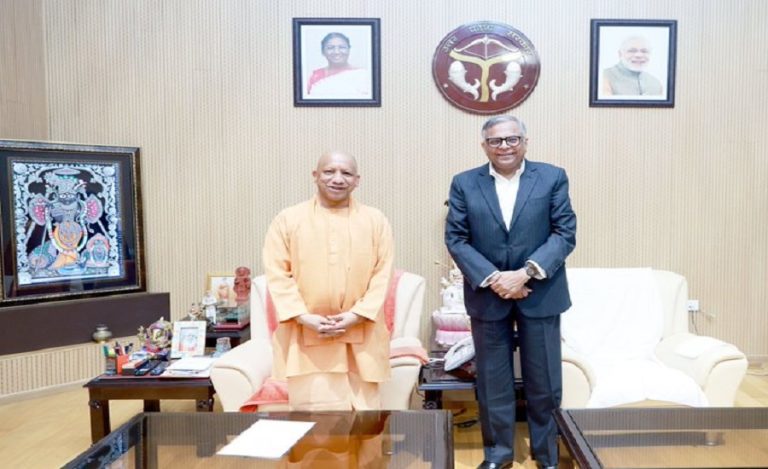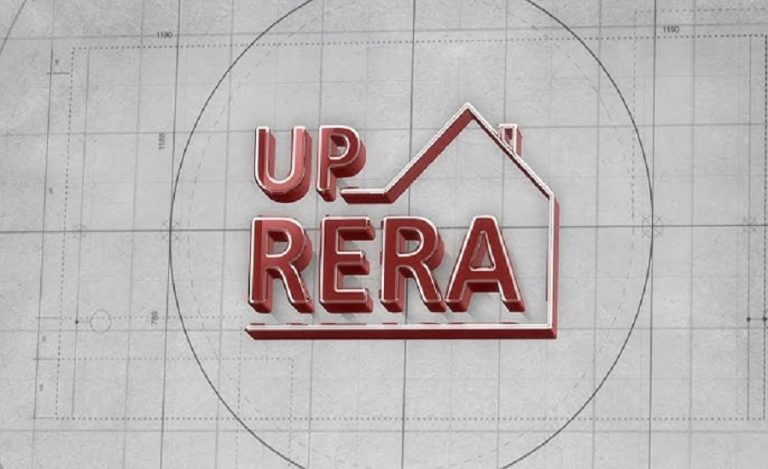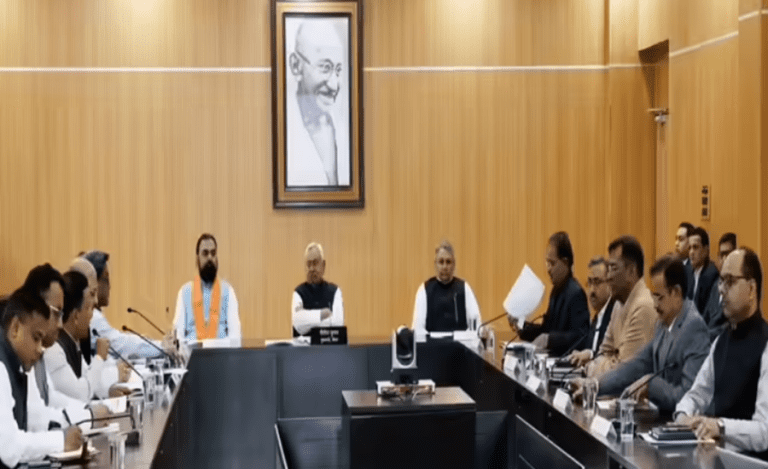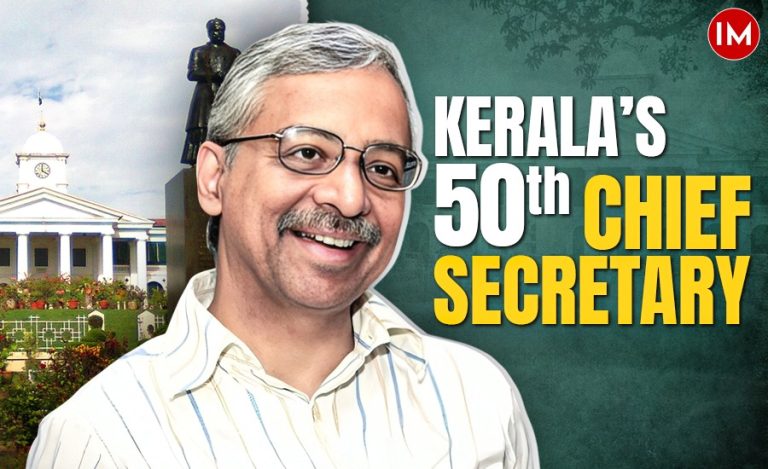New Delhi: Since the implementation of the Goods and Services Tax (GST) in 2017, aggregate revenue for states from taxes subsumed under GST has declined for most states, according to a report by PRS Legislative Research. However, several North-Eastern states have seen an improvement in their subsumed tax-to-GSDP ratios compared to the pre-GST regime.
The report highlights that state revenue from subsumed taxes decreased from 6.5% of GDP in 2015-16 (pre-GST) to 5.5% of GDP in 2023-24. GST consolidated multiple central and state-level taxes, including VAT, Central Sales Tax, Excise Duty, and Entry Tax, into a unified system.
SGST Performance Over the Years
The average State GST (SGST) as a percentage of GDP over the first seven years of GST implementation stood at 2.6%, lower than the average of 2.8% from the four full years before GST. The report noted that SGST revenue dropped to 2.7% in the first full year of GST and further fell to 2.3% during the COVID-19 year of 2020-21, before rebounding to 2.8% in 2024-25.
During the initial five years of GST, states were guaranteed a 14% annual growth in SGST revenue, with any shortfall compensated through the GST compensation cess until June 2022.
Variation Across States
The PRS report points to significant variation among states. North-Eastern states, including Meghalaya, Manipur, Mizoram, Nagaland, and Sikkim, have recorded an improvement in their subsumed tax-to-GSDP ratios, partly due to the destination-based principle of taxation under GST, as noted by the 15th Finance Commission.
Conversely, states such as Punjab, Chhattisgarh, Karnataka, Madhya Pradesh, and Odisha experienced a relatively larger drop in revenue from subsumed taxes. The report also cautioned that the recent GST Council decision to rationalise GST rates into two standard slabs of 5% and 18%, along with a special 40% de-merit rate for select goods, may negatively affect SGST revenue.
Composition of State Tax Revenue
For the financial year 2025-26, 44% of states’ own tax revenue came from SGST, followed by 20% from Sales Tax, 14% from State Excise, and approximately 12% from Stamp Duty and Registration Fees.
The report underscores that while GST has streamlined the tax system, the distribution of benefits has been uneven, with some states thriving under the new framework while others face revenue challenges.

